Electrical Specification Frequency: 470~862MHz Gain: 10±2dBi Work Voltage: 8~24V Impedance: 50ohmVSWR: ≤3:1 Coax Cable: RG174, L=3000mm Connector: USB, TV or Customized Size: 160mm
See DetailsIn an urban environment, how can we reduce the interference of buildings on CB Antenna signals?
With the rapid development of 5G communications and the Internet of Things, how to ensure the communication quality of the CB band in dense buildings has become a key technical challenge for optimizing urban communication infrastructure.
1. The physical nature of building interference and signal attenuation model
The interference of building clusters on CB Antenna stems from three physical mechanisms: diffraction loss, multipath effect and material absorption. When a CB signal with a wavelength of 2.8 meters encounters the corners of a building, according to Kirchhoff diffraction theory, each right-angle diffraction will produce a field strength attenuation of about 6dB. The "urban canyon" effect formed by dense buildings will cause multiple reflection waves to superimpose, causing the signal delay to extend by more than 10μs, which will lead to inter-symbol interference (ISI).
The electromagnetic properties of building materials vary significantly. Experimental data show that the penetration loss of ordinary concrete for 27MHz signals is about 8-15dB/m, and the metal coating of the steel-structured glass curtain wall can even produce a shielding effect of more than 20dB. When simulating using a three-dimensional ray tracing model, the average path loss index of a typical CBD area can reach 3.8-4.5, far exceeding the 2.0 benchmark value of free space.
2. Construction of a multi-dimensional anti-interference technology system
Antenna system optimization
Polarization diversity technology can reduce multipath interference by more than 40%. The vertical polarization antenna and the ±45° oblique polarization antenna are arrayed together, and the maximum ratio combining algorithm can improve the signal-to-noise ratio by 8dB without increasing the transmission power. The smart antenna system deployed by a Tokyo operator in the Ginza business district has reduced the signal blind area by 62% through real-time beamforming.
Propagation path engineering
Establish a golden section layout of signal relay nodes: the distance between master stations is controlled at 1.5 times the Fresnel zone radius (about 220 meters), and the installation height of the repeater follows the formula H=0.6√(λd) (d is the transmission distance). Shenzhen Nanshan District has increased the uniformity of signal coverage between buildings by 53% by deploying distributed active relay devices on rooftops.
Electromagnetic friendly design of buildings
Introduce electromagnetic simulation platform in the planning stage of new buildings, use genetic algorithm to optimize the metal mesh size of glass curtain wall (control below λ/10), and guide architectural modeling to avoid signal blocking through parametric design. Dubai's "Museum of the Future" project adopts gradient perforated aluminum plate facade, which increases the 27MHz signal transmittance by 18dB while ensuring structural strength.
3. Intelligent operation and maintenance and policy coordination
Environmental adaptive system based on machine learning is changing the traditional operation and maintenance mode. The urban radio monitoring network deployed in Berlin collects field strength data in real time through 200 smart sensors, and predicts signal attenuation events 40 minutes in advance with an accuracy rate of 89% combined with LSTM neural network. The municipal department dynamically adjusts the repeater power based on this, so that the overall energy efficiency ratio of the system is improved by 32%.
A multi-band electromagnetic compatibility standard system needs to be established at the policy level. It is recommended to refer to the FCC Part 15 standard, requiring new buildings to submit electromagnetic environmental impact assessment reports in the planning stage, and to reserve dedicated signal corridors for the CB band. The "smart building certification" system promoted by Singapore's IMDA has incorporated wireless signal coverage quality into the green building scoring system.

 English
English Español
Español
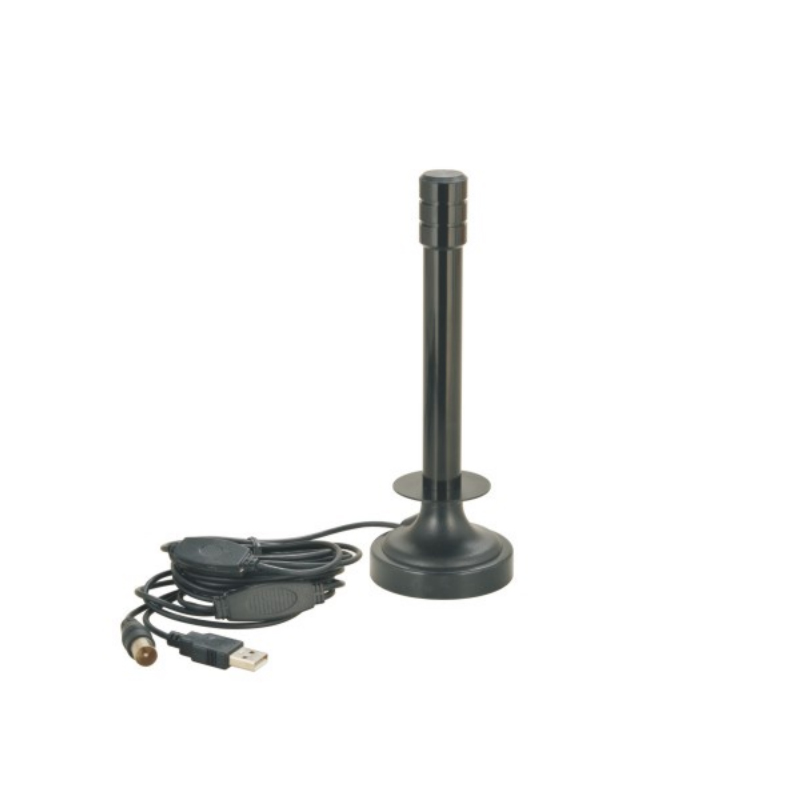
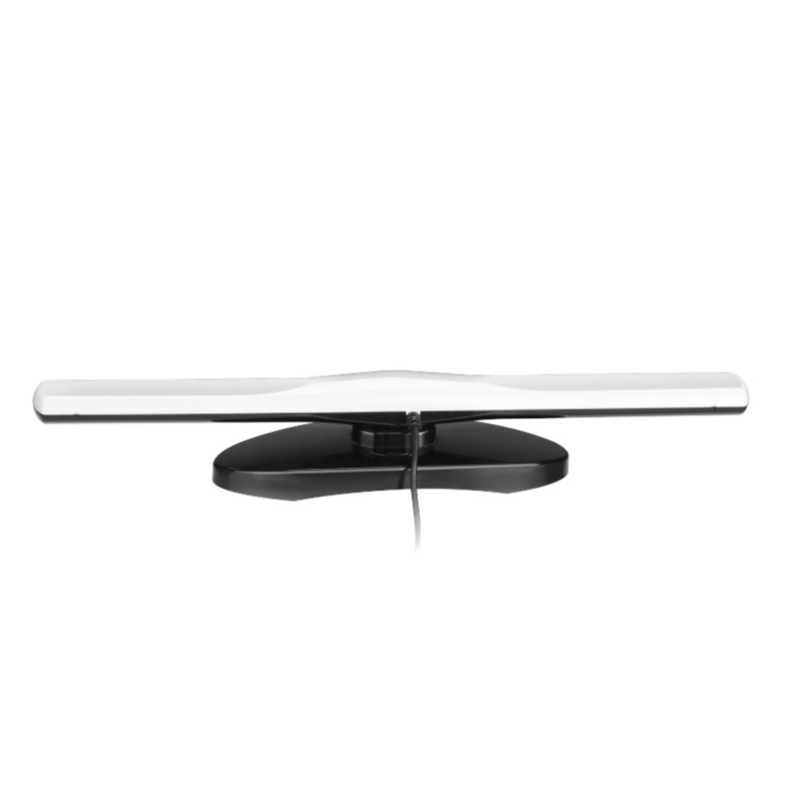
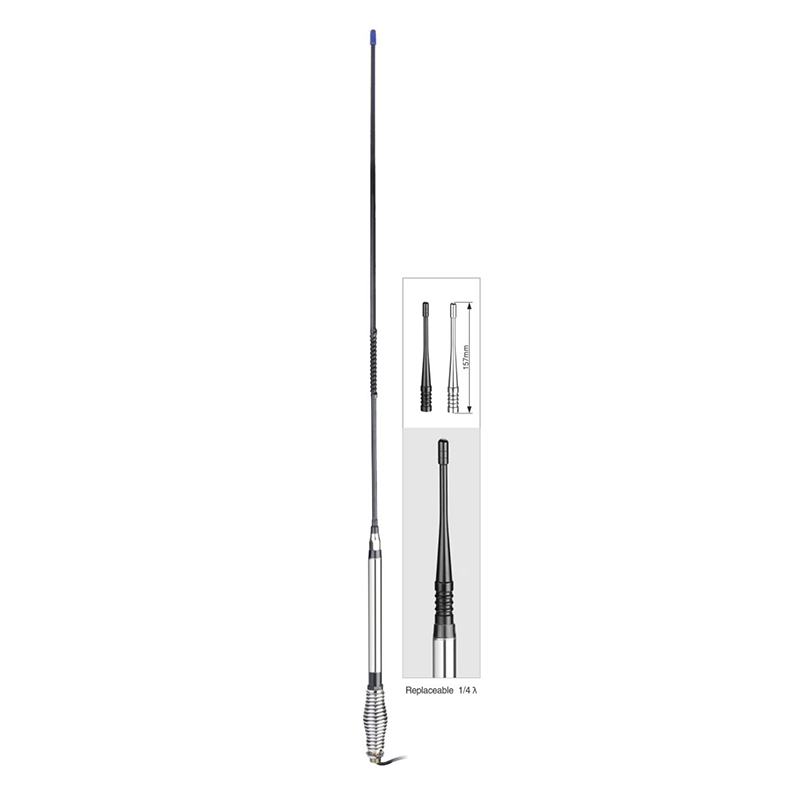
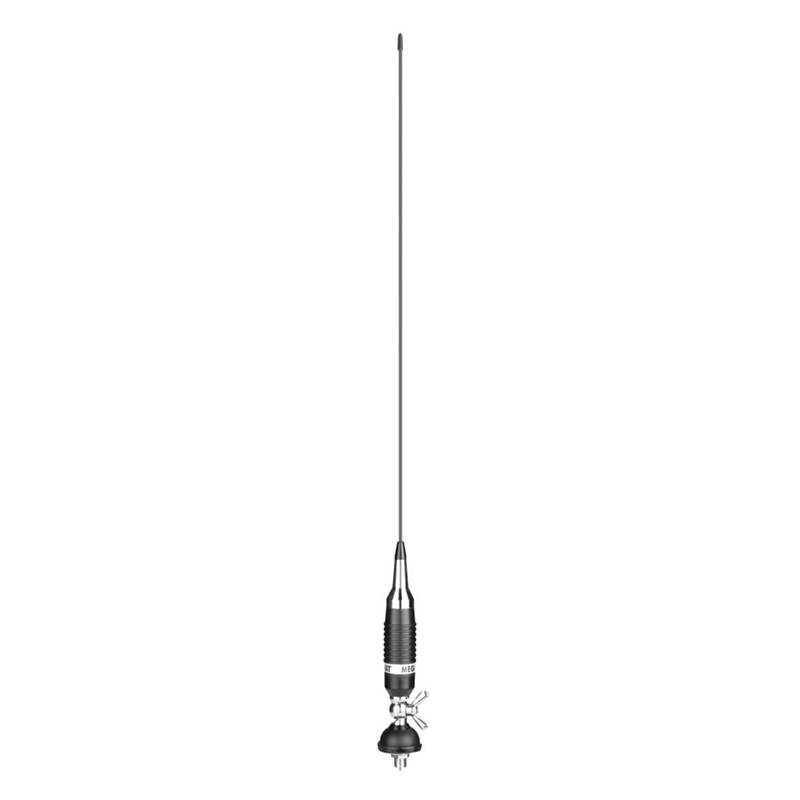
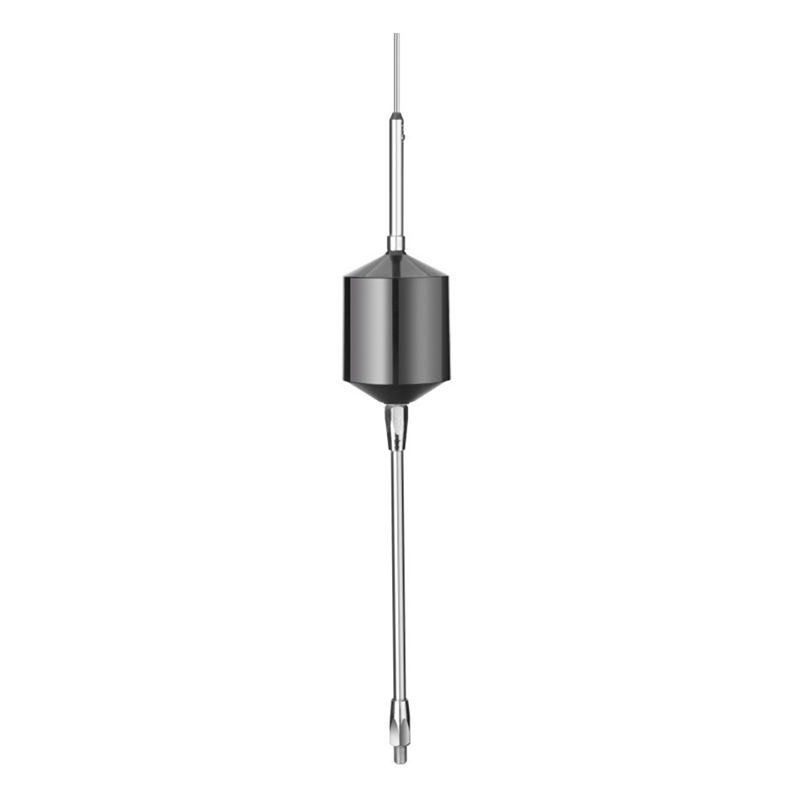

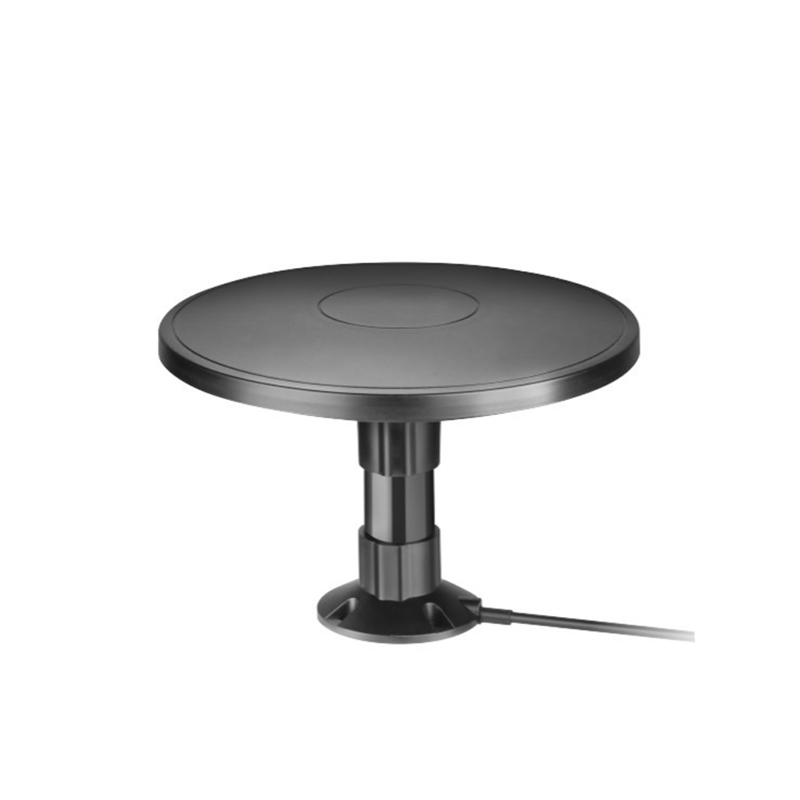
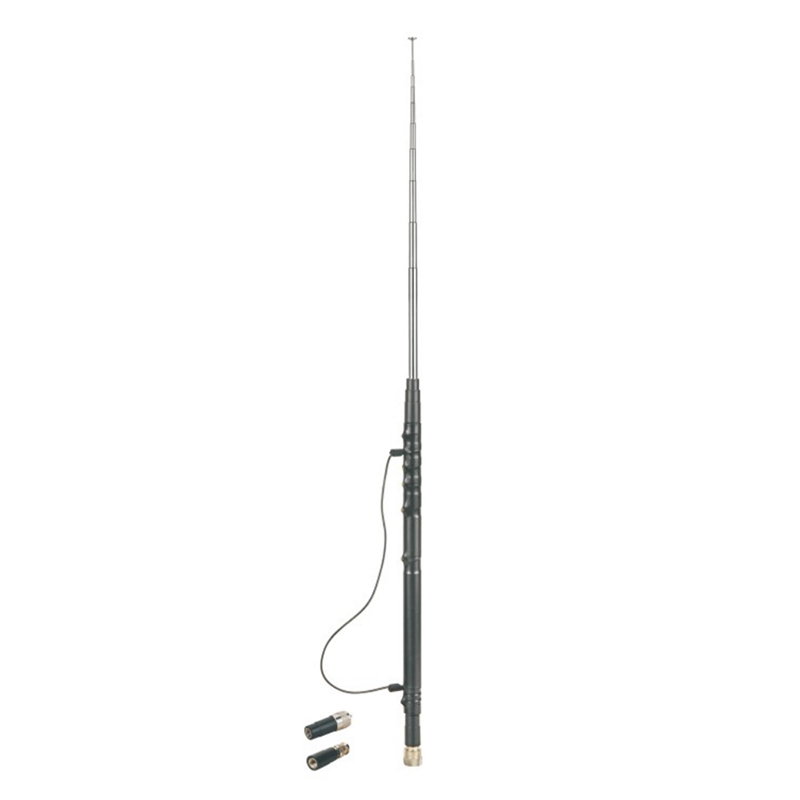

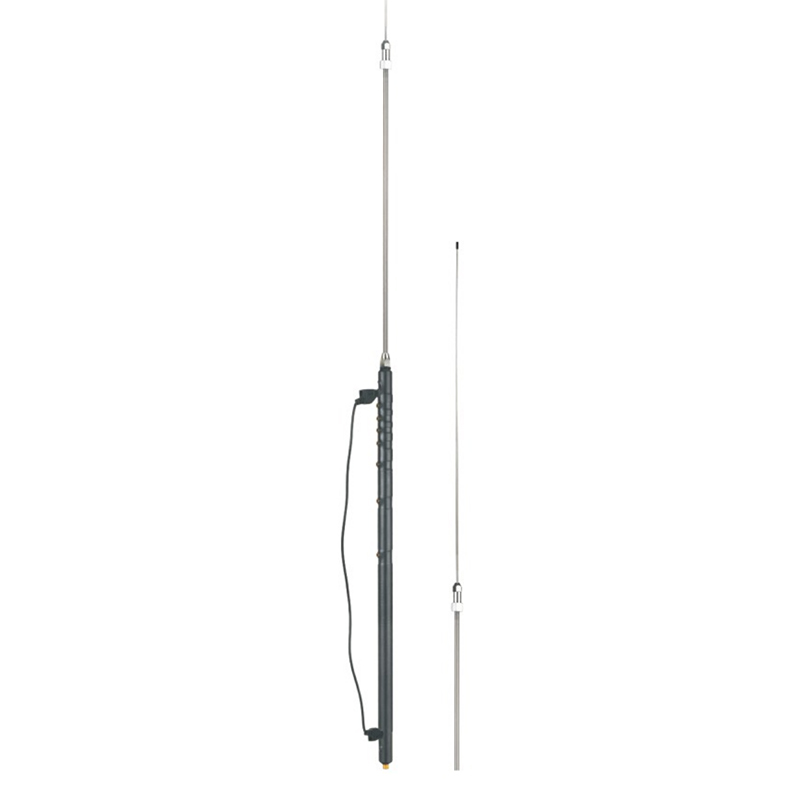
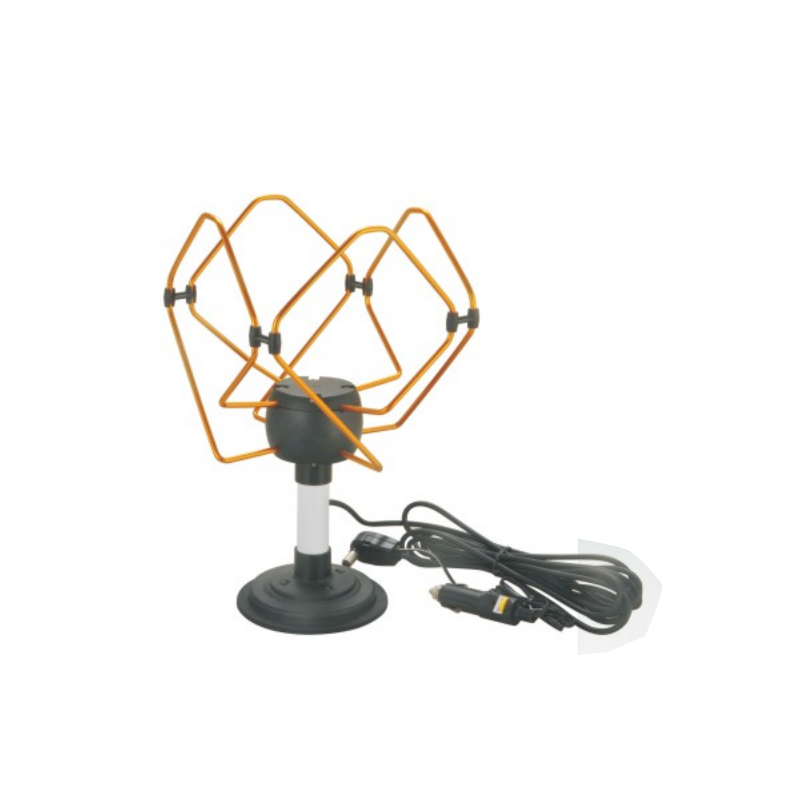
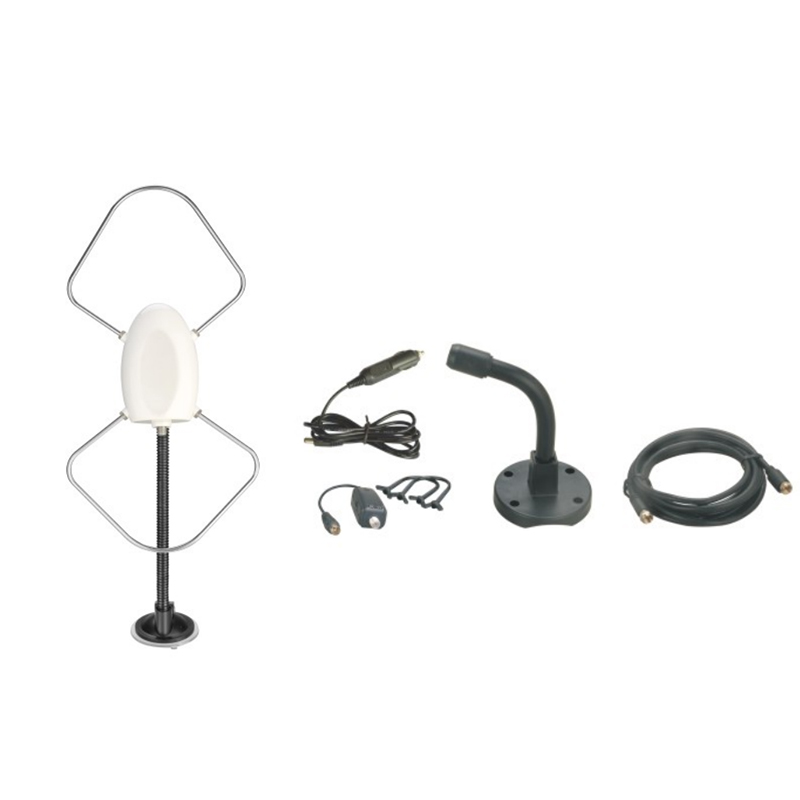

Contact Us